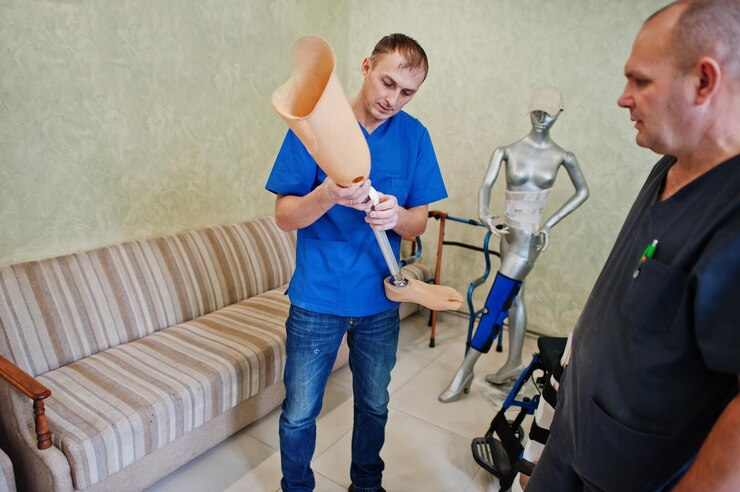Physical therapy after surgery is important for a successful and effective recovery process. It benefits overall health and is vital in managing postoperative pain.
Some Special exercises are customised to the specific surgery. They focus on strengthening muscles, promoting overall mobility, and improving joint flexibility.
This process quickens recovery and reduces the risk of complications like stiffness and muscle atrophy.
Read this blog until the end to learn about the benefits of physical therapy.
It Reduces scar tissue formation.
After surgery, Scar tissue develops and soft tissue contracts as part of the natural healing process.
Surgery can lead to scarring anywhere on the body, and excess scar tissue can minimize function and movement for several months.
In order to soften scar tissue and get patients back to their regular lives, a physical therapist can employ tissue mobilization treatments including massage and ultrasound therapy.
It improves mobility, balance, and strength.
Surgery can result in mobility restrictions in the affected area or body part. The body’s natural response to trauma can result in muscle/tissue tightness, swelling, spasms, and a limited range of motion.
However, Physical therapy helps patients regain mobility through various manual techniques, such as movement, strengthening exercises, and myofascial release.
Strengthening the back, pelvis, and core muscles also helps improve balance and stability. It is very beneficial while recuperating from procedures like hip or knee replacements.
It helps ease pain and inflammation.
Physical movement helps reduce swelling, stiffness, and pain that often occur after esophageal surgical treatment surgery. However, many people think wrong about physical therapy, believing it will cause more pain.
Moreover, physical treatment may reduce your need for painkillers.
It Reduces the development of secondary issues.
After surgery, infections, blood clots, and other complications can arise. Physical therapy can help minimize these secondary issues.
Frequently, these are expensive and debilitating. Physical therapy after surgery focusing on customized movement exercises can help lower the risk of blood clots, contractures, and infection.
It minimizes the chance of complications.
Physical therapy after surgery can help reduce complications like blood clots and infections. A licensed professional will customize a program based on your health issues.
Rehabilitation progresses slowly, and you may receive other forms of therapy and instructions for home activities. However, following a physical therapist’s advice can lead to a quicker and more complete recovery.
How Soon After Surgery Should You Take Physical Therapy?
It is best to start physiotherapy as soon as possible after surgery, as per the physical therapist’s advice.
It would help if you were discharged one to three days after surgery. Your doctor may advise you to start moving or performing basic strengthening exercises in the hospital immediately after release. It also depends upon the surgery type you had.
Moreover, It can help prevent problems like reduced blood flow to the surgical site (which can negatively affect healing) and the likelihood of weaker and atrophied muscles.
keep these tips in mind before selecting a Physical Therapy Clinic
- Verify that the physical therapy doctor you are seeing is qualified.
- Seek a therapist with expertise in rehabilitating your particular injury or procedure.
- Visit the therapy facility clinic to ensure cleanliness, privacy, and proper medical and exercise equipment for your needs.
- Building a relationship is crucial during the procedure. Verify that the therapist can handle your sessions and that you will see them regularly.


Comments are closed.